
In the vibrant tapestry of Hollywood’s history, the 1920s stand out as a pivotal decade that shaped the future of cinema. This era witnessed the remarkable rise of silent films, a medium that captivated audiences with its unique storytelling and innovative artistry. As the world emerged from the shadows of World War I, the silver screen became a canvas for creativity, allowing filmmakers to explore new narratives and visual techniques that would lay the groundwork for modern filmmaking. The silent film stars of this period became cultural icons, embodying the spirit of a generation eager for entertainment and escapism.
Figures like Charles Chaplin, Buster Keaton, Clara Bow, and Lon Chaney not only entertained but also influenced societal norms and expectations. Their performances transcended language barriers, allowing audiences across the globe to connect with their stories, emotions, and humor in ways that still resonate today. This was a time when Hollywood, though silent, spoke volumes through the artistry of its stars, defining an art form in its nascent stages.
The decade was a perfect storm of technological advancements, creative experimentation, and cultural innovation, laying the groundwork for the future of motion pictures. From the development of sophisticated cameras and lighting techniques to groundbreaking editing methods, the 1920s was a golden age that profoundly impacted how stories were told on screen. It’s against this rich backdrop of industry consolidation and artistic explosion that we delve into the lives and legacies of some of the era’s most unforgettable screen legends.
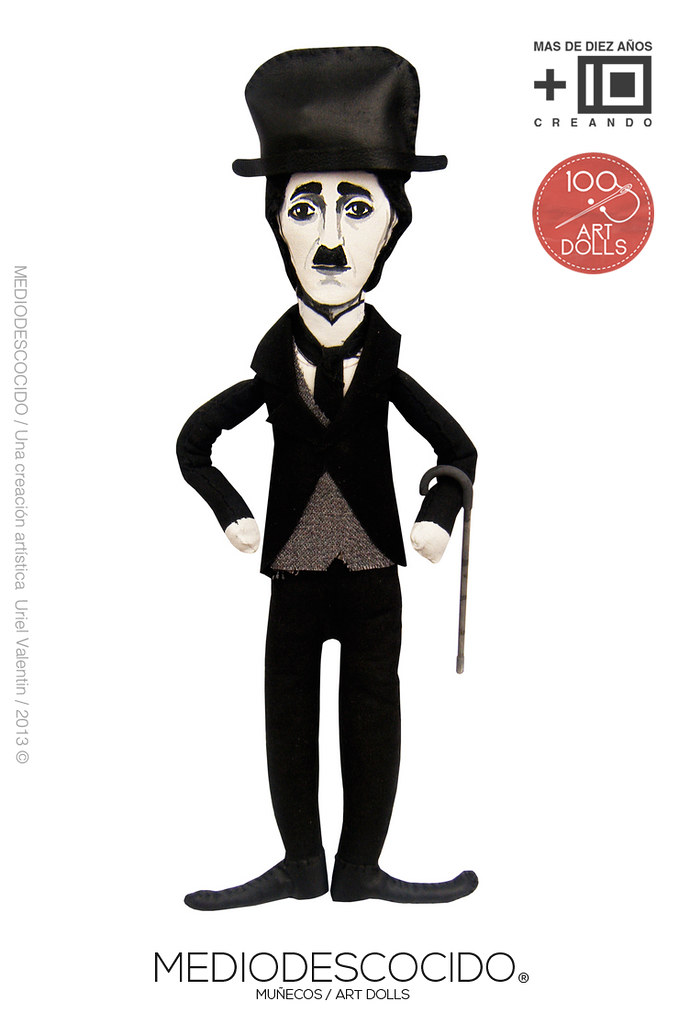
1. **Charles Chaplin: The Enduring Charm of The Tramp**
Charles Chaplin, born on April 16, 1889, in London, England, wasn’t just an actor; he was a phenomenon. Rising to fame in the silent era, he became a worldwide icon through his screen persona, “the Tramp.” This character, instantly recognizable by his bowler hat, toothbrush mustache, and cane, symbolized resilience and optimism in a world grappling with the aftermath of World War I and the onset of the Great Depression.
Chaplin’s films were a masterclass in blending humor with profound social commentary. They fearlessly addressed pressing issues such as poverty, class struggle, and the intricate nuances of the human condition. Iconic works like “The Kid,” “City Lights,” and “Modern Times” were far more than mere comedic masterpieces; they were poignant reflections of a society in flux, offering a mirror to the collective experience.
“The Kid,” released in 1921, stands as a particularly groundbreaking achievement. It was one of the first films to seamlessly weave together comedy and drama, telling the heartwarming story of a poor man who finds and raises an abandoned child. This film vividly showcased Chaplin’s unparalleled ability to evoke deep emotional responses from audiences, a testament to his artistic genius and unique approach to storytelling.
One of the most crucial aspects of Chaplin’s enduring legacy is his pioneering approach to filmmaking. He wasn’t merely a performer; he was a director, writer, and composer, maintaining complete creative control after co-founding United Artists in 1919. His profound understanding of visual storytelling allowed him to craft narratives that conveyed complex messages without the need for dialogue, establishing a unique language of cinema that continues to influence generations of filmmakers.
Despite his immense success, Chaplin faced significant challenges, particularly during the turbulent transition to sound films. While he famously refused to fully embrace dialogue in some of his later works like “City Lights” and “Modern Times,” his first sound film, “The Great Dictator” (1940), marked a significant career shift. Although it was both a critical and commercial success, it underscored the evolution of cinema and the crucial need for artists to adapt, even for a visionary like Chaplin.
Read more about: Hollywood’s Poignant Farewells: Unpacking the Legacies of Actors Whose Journeys Concluded Too Soon
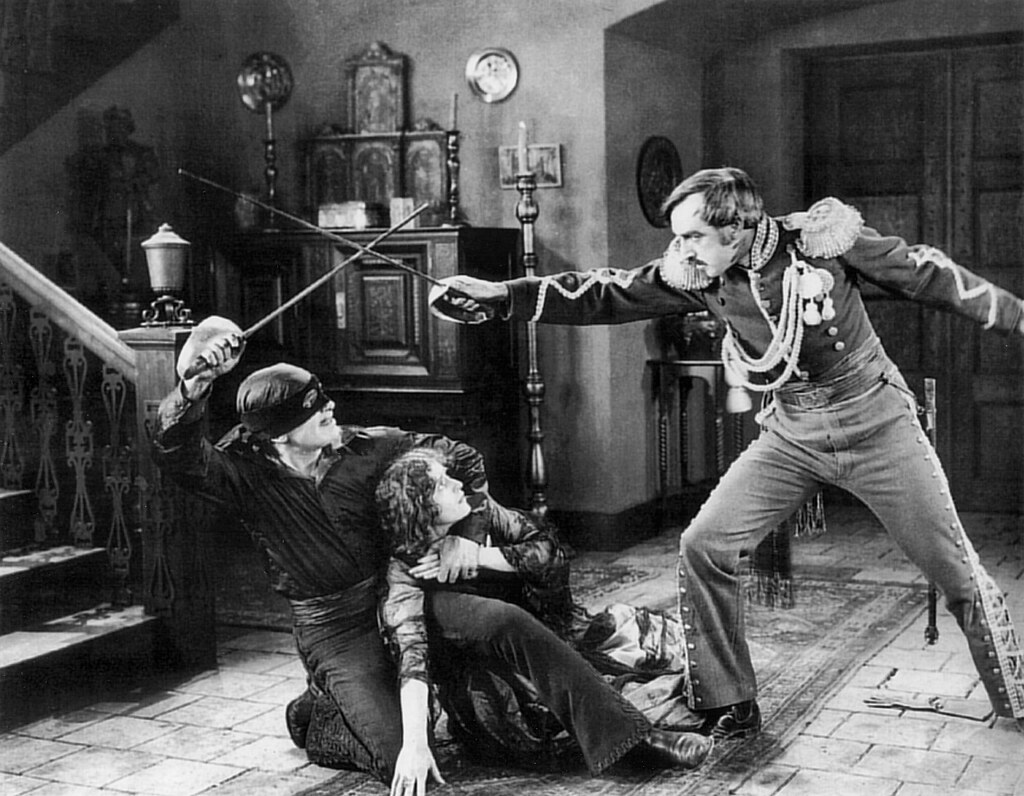
2. **Douglas Fairbanks: Hollywood’s Original King of Adventure**
Before there was a Clark Gable, there was Douglas Fairbanks, often referred to as “The King of Hollywood.” Fairbanks was a quintessential swashbuckler and one of the biggest stars of the 1910s and 20s, thrilling audiences with his athletic prowess and adventurous spirit. His marriage to fellow star Mary Pickford in 1920 cemented their status as Hollywood royalty, becoming a power couple synonymous with the nascent glamour of Tinseltown.
Fairbanks was also a crucial figure behind the scenes, playing an instrumental role in shaping the industry’s future. He was a founding member of United Artists, a distribution company that afforded filmmakers greater creative control over their work. This move was a bold statement against the burgeoning studio system, emphasizing artistic independence over corporate mandates.
Beyond his entrepreneurial spirit, Fairbanks’ commitment to the industry extended to its formal institutions. He was a founding member of The Motion Picture Academy, an organization that would eventually become the guardian of cinema’s most prestigious awards. Fittingly, he hosted the very first Oscars Ceremony in 1929, an event that heralded a new era of recognizing cinematic excellence.
His vibrant career, however, saw a rapid decline with the advent of the “talkies.” While his physicality and charismatic silent performances had captivated millions, the transition to sound proved challenging for many silent stars, including Fairbanks. His final film, “The Private Life of Don Juan,” was released in 1934, marking the end of an extraordinary run for one of cinema’s original action heroes.
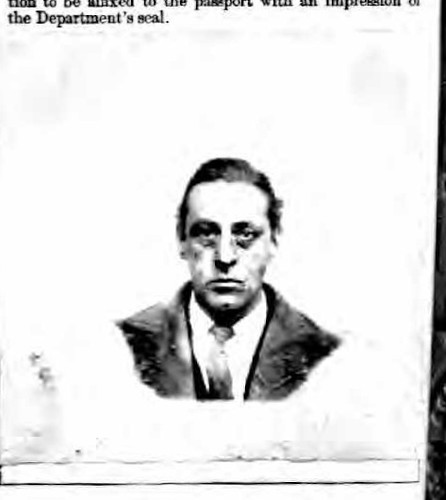
3. **John Barrymore: The Greatest Living American Tragedian**
John Barrymore, a name synonymous with theatrical royalty, hailed from the illustrious Drew and Barrymore dynasties, a lineage steeped in acting tradition. Despite this formidable heritage, Barrymore initially sought to carve a path outside the stage, even briefly pursuing a career as an artist. Yet, the allure of the theater proved irresistible.
His debut on stage came in 1900, performing alongside his father, Maurice, a poignant beginning to a legendary career. The following year, he shared the stage with his sister, Ethel, further solidifying his family’s theatrical legacy. By 1903, his career officially began, slowly building momentum as he transitioned from light comedies to high drama, showcasing a remarkable versatility.
Barrymore’s stage career culminated in a series of unforgettable performances that cemented his status as a dramatic powerhouse. His roles in “Justice” (1916), “Richard III” (1920), and particularly “Hamlet” (1922) garnered immense critical acclaim. His portrayal of the melancholy Dane was so profound and impactful that it earned him the lofty title of the “greatest living American tragedian,” a testament to his unmatched skill and intensity on stage.
While predominantly celebrated for his stage work, Barrymore’s dramatic prowess and commanding presence naturally extended to the silent screen, where he brought a similar depth to his cinematic roles. He represented a bridge between the grand tradition of the theater and the emerging art form of film, leaving an indelible mark on both mediums through his powerful, expressive performances.
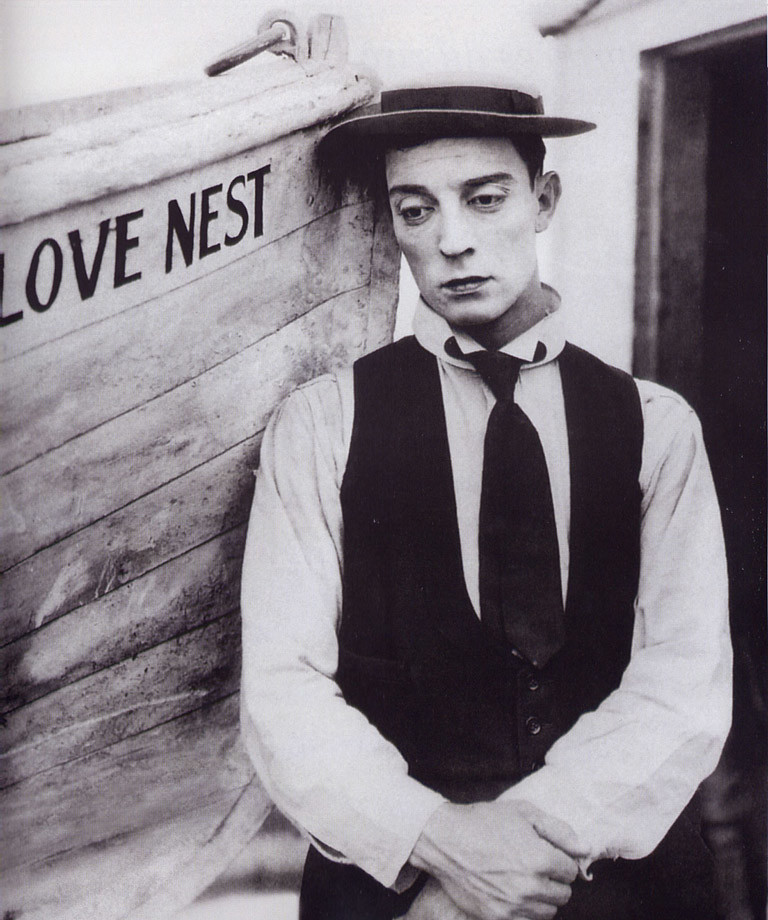
4. **Buster Keaton: The Unflappable Genius of Physical Comedy**
Buster Keaton, born on October 4, 1895, in Piqua, Kansas, was not just a comedian but a cinematic architect, whose profound influence on silent film comedy is still felt today. Universally known as “The Great Stone Face,” his trademark was an utterly stoic, deadpan expression, through which he delivered some of the most intricate and hilarious physical comedy ever committed to celluloid. His ability to convey profound emotion and narrative without altering his facial demeanor was truly extraordinary.
Keaton’s career soared in the 1920s, yielding a string of classics that continue to define the silent era. Films like “The General,” “Sherlock Jr.,” and “Steamboat Bill, Jr.” are celebrated for their remarkable physicality, breathtaking stunts, and innovative cinematography. “The General,” released in 1926, is particularly renowned for its elaborate action sequences, including a legendary train crash that remains one of the most famous in cinematic history, a testament to his meticulous planning and execution.
Unlike many of his contemporaries, Keaton was famously dedicated to authenticity. He was known for his meticulous attention to detail and his unwavering commitment to performing his own stunts, often without the aid of doubles. This dedication to realism profoundly contributed to the credibility and impact of his films, setting him apart as a true innovator who connected with audiences on a visceral level, transcending language barriers with sheer physical brilliance.
Beyond his comedic genius, Keaton was a visionary filmmaker who often wrote, directed, and produced his own films. This creative control allowed him to push the boundaries of silent cinema through innovative camera angles, groundbreaking special effects, and sophisticated visual storytelling techniques. For instance, in “Sherlock Jr.” (1924), Keaton utilized pioneering visual effects to craft elaborate dream sequences, showcasing a creativity and technical prowess far ahead of his time.
Critic Roger Ebert famously lauded Keaton’s “extraordinary period from 1920 to 1929, [when] he worked without interruption on a series of films that make him, arguably, the greatest actor-director in the history of the movies.” While his career faced a disheartening decline after losing artistic independence at MGM, leading to personal struggles, Keaton admirably recovered in the 1940s, remarried, and revived his career as an honored comic performer, earning an Academy Honorary Award in 1959. His legacy endures, inspiring countless filmmakers and comedians to this day.

5. **Lon Chaney: The Man of a Thousand Faces**
Lon Chaney, born on April 15, 1883, in Colorado Springs, Colorado, was a true titan of early cinema, revered for his transformative performances and groundbreaking artistry with makeup. He earned the indelible moniker “The Man of a Thousand Faces” for his unparalleled ability to embody a vast range of characters, often depicting tortured, grotesque, and afflicted figures who nonetheless captivated audiences with their profound humanity.
Chaney’s career flourished remarkably throughout the 1920s, marked by iconic roles in silent horror films that remain cornerstones of the genre. His starring performances in “The Hunchback of Notre Dame” (1923) and, most notably, “The Phantom of the Opera” (1925), showcased his extraordinary talent. His portrayal of the titular Phantom is particularly legendary, illustrating his exceptional skill in conveying deep emotion primarily through his ingenious makeup and physical expression, a challenging feat in the absence of dialogue.
His innovative use of makeup techniques, including self-created prosthetics and facial alterations, allowed him to embody characters in ways that were utterly unprecedented for the era. In “The Hunchback of Notre Dame,” Chaney’s Quasimodo was a masterclass in conveying deep emotional resonance and vulnerability, despite the character’s severe physical deformities. These performances were deeply empathetic, marked by a profound understanding of the human experience that enabled him to connect with viewers on a visceral level.
Chaney’s dedication extended far beyond merely acting; he was intimately involved in the entire creative process. He collaborated closely with directors and contributed significantly to the development of his characters, ensuring an authenticity and realism that was rare at the time. This commitment to his craft paved the way for future actors to explore complex, multifaceted roles, solidifying his status as a pioneer not just in acting, but in the very art of character creation.
Despite his untimely death in 1930, Lon Chaney’s legacy endures powerfully. He is rightly remembered as a pioneer of horror cinema, and his profound influence can be vividly seen in the work of subsequent generations of actors and filmmakers who continue to explore themes of transformation, identity, and the intricate human condition. His contributions to silent film, particularly his innovative approach to character portrayal, firmly established him as a legendary figure in cinematic history.
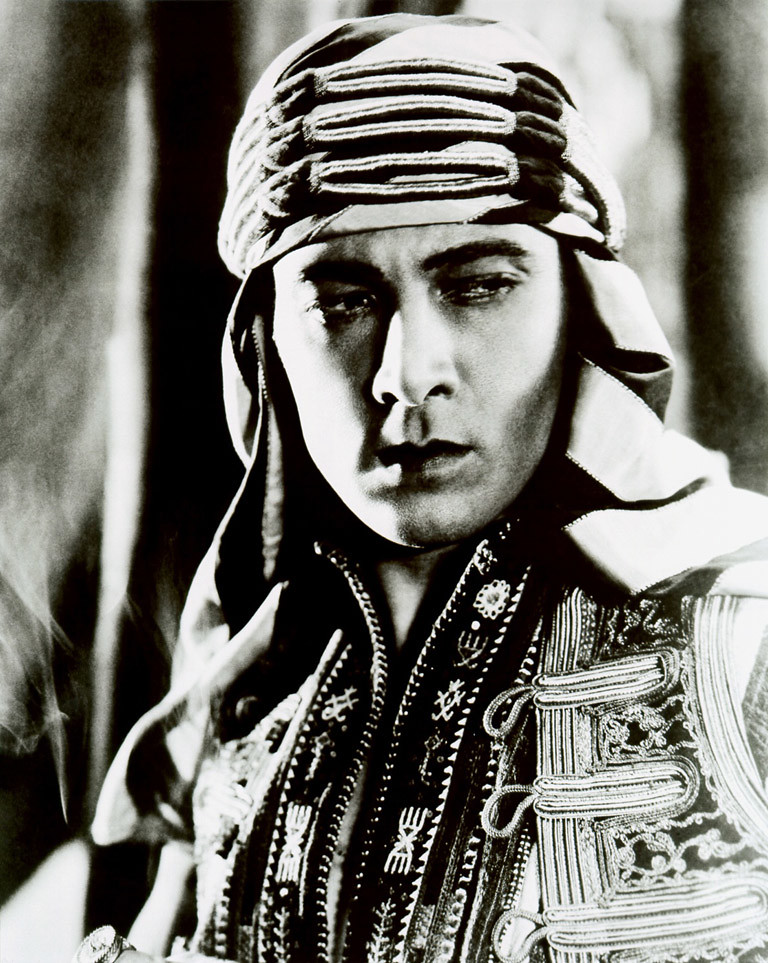
6. **Rudolph Valentino: The Allure of The Latin Lover**
Rudolph Valentino was more than just an actor; he was an early pop icon, a potent symbol of masculinity and desire, and the undisputed symbol of the 1920s. Born in Italy, this American actor captivated global audiences with his smoldering gaze and exotic charm, earning him the famous monikers “The Latin Lover” or simply “Valentino.” His presence on screen was electrifying, commanding attention with every movement.
Valentino starred in several well-known silent films that solidified his iconic status. These included “The Four Horsemen of the Apocalypse,” which catapulted him to stardom, alongside other hits like “The Sheik,” “Blood and Sand,” “The Eagle,” and “The Son of the Sheik.” Each role further cemented his image as a passionate, enigmatic figure, capable of both tender romance and fierce intensity.
His immense popularity was tragically amplified by his untimely death at the age of 31, shortly after applying for American citizenship. The news triggered mass hysteria among his legions of female fans, a phenomenon that underscored the intense emotional connection audiences felt with him. This outpouring of grief further propelled him into iconic status, transforming him from a star into a legend whose allure only intensified after his passing.
Valentino’s impact transcended cinema, deeply influencing cultural perceptions of romance, masculinity, and international appeal during the Roaring Twenties. His screen persona tapped into a widespread yearning for exoticism and grand passion, making him an enduring symbol of a bygone era where cinematic fantasy intertwined seamlessly with real-world fascination. He remains one of silent cinema’s most recognizable and mythic figures, a testament to his unique and powerful charisma.
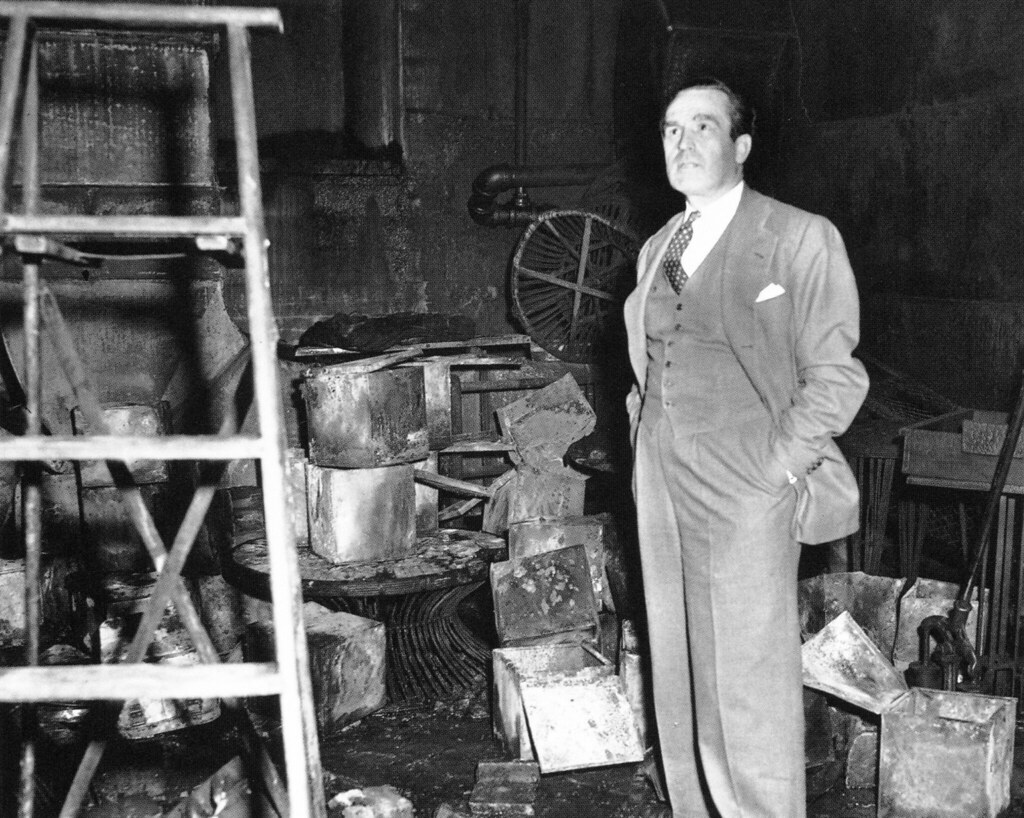
7. **Harold Lloyd: The Glasses Character, A Mirror of the Roaring Twenties**
As we continue our exploration into the captivating cosmos of silent cinema, we encounter Harold Lloyd, a name that rightfully takes its place alongside the titans like Chaplin and Keaton. Lloyd wasn’t just a comedian; he was a cultural mirror, reflecting the aspirations and anxieties of 1920s America through his iconic “Glasses” character. This unassuming yet utterly resourceful go-getter, perpetually seeking success, resonated deeply with a nation embracing newfound optimism and prosperity.
Lloyd’s prolific career saw him craft nearly 200 comedy films, a testament to his relentless work ethic and innovative comedic vision. Whether in silent features or the later “talkies,” from 1914 to 1947, his commitment to crafting laughter and relatable narratives never wavered. His “Glasses” character wasn’t about the grand gestures of a tramp or the stoic resilience of a stone face; it was about the everyday individual navigating a rapidly changing world, facing challenges with ingenuity and determination.
His brilliance lay in creating a hero who was ordinary, yet extraordinary in his persistence. This persona, characterized by his round spectacles and earnest demeanor, embodied the American Dream. He was the everyman striving to climb the social ladder, to win the girl, to overcome impossible odds, all with an infectious optimism that endeared him to millions. Lloyd’s films often featured breathtaking stunts, many of which he famously performed himself, adding a thrilling dimension to his comedies and cementing his reputation as a true cinematic daredevil.
Harold Lloyd’s enduring legacy is a fascinating study in how a singular screen persona can capture the zeitgeist of an entire decade. He didn’t just entertain; he offered a cinematic blueprint for what it meant to be a modern American, facing the future with a smile and an unwavering belief in one’s ability to conquer any obstacle. His humor, though rooted in the physical comedy of the silent era, carried a psychological depth that spoke to the spirit of an age, making him an irreplaceable icon of early cinema.
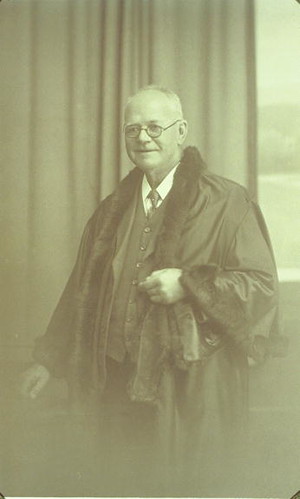
8. **John Gilbert: “The Great Lover” and the Unjust Narrative of the Talkies**
Next on our list of silent screen luminaries is John Gilbert, a name that, for a time, burned just as brightly as Rudolph Valentino’s. Known as “The Great Lover,” Gilbert epitomized the romantic leading man of the silent era, captivating audiences with his intense gaze and passionate performances. At the peak of his fame, his drawing power at the box office was immense, often rivaling that of his contemporary, the legendary Valentino, a testament to his magnetic screen presence.
Gilbert’s star soared through the 1920s, defining a certain type of romantic masculinity that audiences adored. He possessed an undeniable charisma that translated effortlessly to the silent screen, allowing him to convey complex emotions and ardent affections without uttering a single word. His films were eagerly anticipated events, solidifying his status as a cinematic heartthrob and a pillar of the burgeoning studio system.
However, the narrative surrounding Gilbert’s career often unfairly attributes his decline to the advent of the “talkies” and the supposed unsuitability of his voice for sound film. While it’s true that many silent stars struggled with the transition, the reality of Gilbert’s diminishing popularity was far more intricate and, frankly, infuriatingly political. His voice, far from being a liability, was described as “rich and distinctive,” an asset that should have propelled him forward.
The true culprits behind Gilbert’s tragic downfall were often studio politics and financial disputes. The transition to sound was a turbulent period for Hollywood, fraught with power struggles and artistic uncertainties. In this climate, Gilbert, a powerful and popular star, became entangled in conflicts with studio executives, particularly Louis B. Mayer at MGM. These clashes, rather than the timbre of his voice, were the primary architects of his career’s unfortunate trajectory, illustrating the brutal side of Hollywood’s evolving landscape.
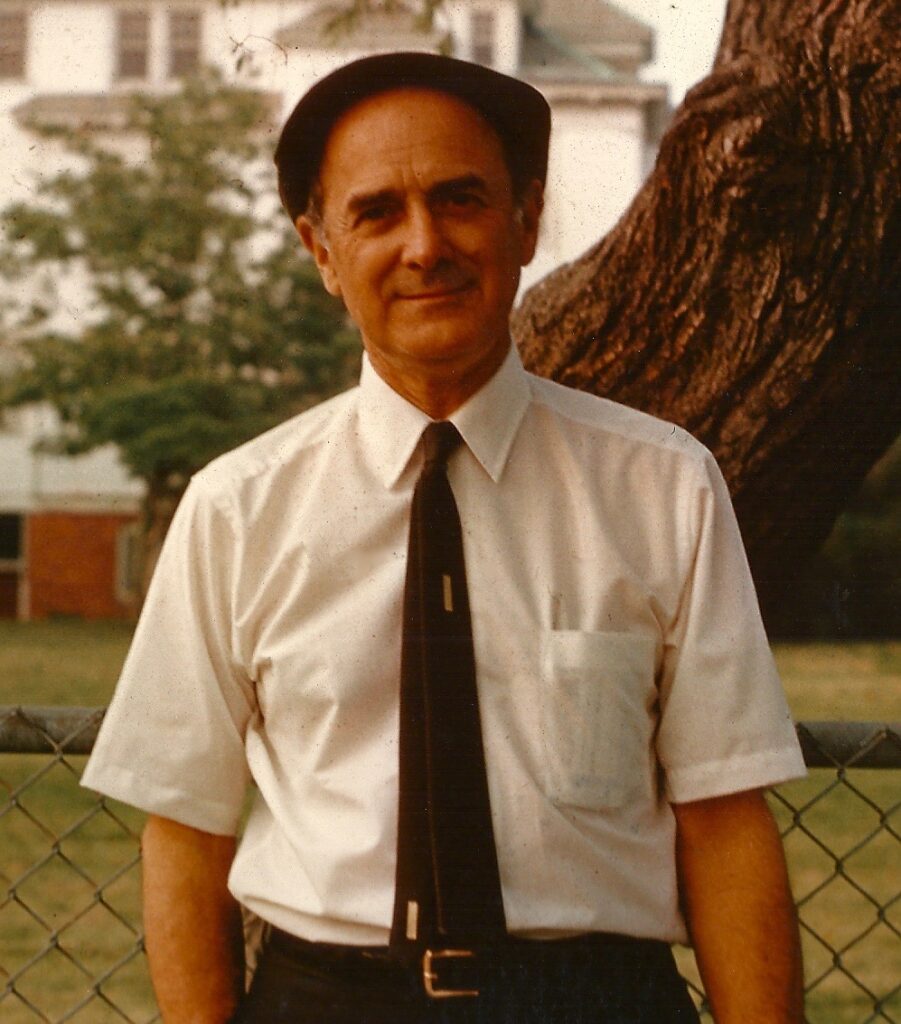
9. **William Haines: The Wisecracking Charmer Who Defined a Persona**
Our journey through silent film’s foundational figures now introduces us to William Haines, a dynamic personality who carved out a distinct niche in the burgeoning Hollywood landscape. Haines’ rise to stardom began in 1922, when his undeniable talent caught the eye of a talent scout, leading to his signing with the powerhouse Metro-Goldwyn-Mayer (MGM). His early career trajectory shows the industry’s fluid nature, as he was soon loaned to Columbia Pictures.
It was at Columbia where Haines truly began to shine, earning “favorable reviews” for his role in “The Midnight Express.” This early success provided the momentum he needed, setting the stage for his triumphant return to MGM. There, he was cast in the 1926 film “Brown of Harvard,” a role that proved to be a career-defining moment, solidifying a screen persona that audiences would instantly recognize and adore.
Haines’ on-screen identity was unmistakable: a “wisecracking, confident leading man.” This persona, brimming with youthful arrogance and a quick wit, resonated deeply with the spirit of the Jazz Age. He embodied the irreverent, charismatic bachelor, charming his way through life’s challenges with a smirk and an undeniable flair. This magnetic quality propelled him to significant success, making him a major draw for moviegoers.
Indeed, by the close of the 1920s, William Haines had accumulated a string of successful films, transforming him into a highly “popular box office draw.” His unique blend of humor, confidence, and leading-man appeal made him a beloved figure, representing a more modern, playful masculinity that was perfectly suited for the Roaring Twenties. His legacy, though perhaps less universally remembered than some of his peers, is a vivid example of how a distinct and well-crafted screen persona could capture the public’s imagination during silent cinema’s golden age.
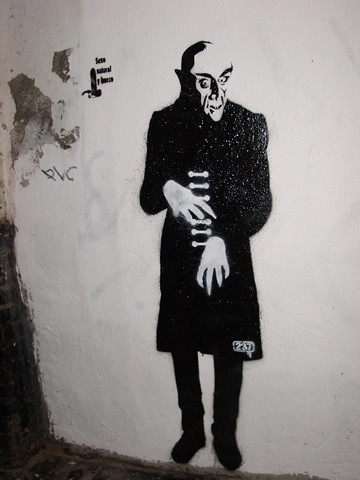
10. **Max Schreck: The Unforgettable Visage of Nosferatu**
Moving into the realm of the profoundly unsettling and the truly iconic, we arrive at Max Schreck, an actor whose name is inextricably linked with one of cinema’s most enduring horror figures. Before his cinematic immortality, Schreck honed his craft on the stage, spending three years between 1919 and 1922 at the Munich Kammerspiele. Here, he immersed himself in expressionist theatre, even taking on the role of the “freakshow landlord” Glubb in Bertolt Brecht’s debut production, “Trommeln in der Nacht.” This theatrical foundation no doubt influenced his later, more stylized performances.
During this period, Schreck also ventured into film, working on his first cinematic project, “The Mayor of Zalamea,” an adaptation of a six-act play for Decla Bioscop. But it was in 1921 that destiny, or perhaps the chilling hand of fate, truly intervened. He was “hired by Prana Film for its first and only production,” a film that would send shivers down generations of spines and become a cornerstone of the horror genre: “Nosferatu.”
Schreck’s portrayal of Count Orlok in “Nosferatu” was nothing short of legendary. This character, a thinly veiled yet terrifying analogue to Bram Stoker’s Count Dracula, transcended conventional acting. Schreck, with his gaunt features, elongated fingers, and piercing eyes, created a creature of pure, visceral dread. His performance was a masterclass in physical transformation and unnerving stillness, conveying an ancient evil that seeped into every frame of the film, etching itself into cinematic history.
Tragically, the very film that made Schreck an icon also led to the downfall of its production company. Prana Film “declared itself bankrupt after the film was released to avoid paying copyright infringement costs to Dracula author Bram Stoker’s widow, Florence Stoker.” Despite these legal woes, which attempted to erase the film from existence, “Nosferatu” persevered, largely due to Schreck’s indelible performance. His Count Orlok remains a benchmark for horror acting, a testament to the power of silent cinema to evoke profound fear and fascination through visual artistry alone.
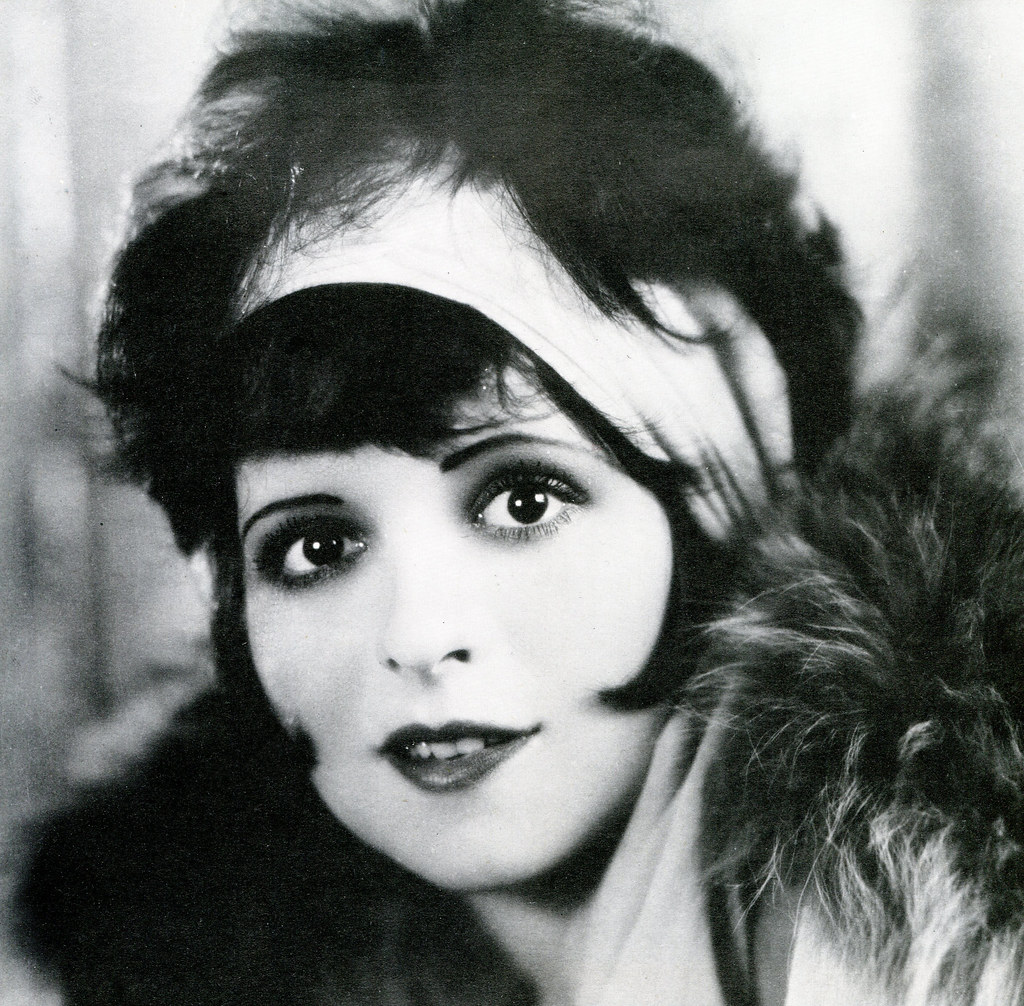
11. **Clara Bow: The Irresistible “It Girl” Who Defined a Decade**
No discussion of silent film’s pioneering expressions would be complete without the incandescent Clara Bow, truly “The It Girl” of Hollywood and a symbol whose electrifying presence literally defined the Roaring Twenties. Born in Brooklyn in 1905, Bow’s meteoric rise to stardom wasn’t just about acting; it was about embodying an entire cultural shift, a newfound freedom and modernity that captivated global audiences. Her charisma was undeniable, her screen presence intoxicating, making her one of the highest-paid actresses of her time.
Bow’s breakthrough came, fittingly, in the 1927 romantic comedy “It.” This film not only showcased her inherent charm and vivacity but also stamped her forever with the iconic moniker “The It Girl.” The term itself became synonymous with a captivating allure, a magnetic quality that drew everyone in, and Bow’s portrayal of a spirited shop girl who charmed a wealthy man perfectly encapsulated the era’s escapist fantasies and evolving social dynamics. She wasn’t just playing a character; she was living a cultural phenomenon.
Beyond her acting prowess, Clara Bow became a veritable trendsetter, shaping fashion and lifestyle with her distinctive look and attitude. Her bobbed hair, daring flapper dresses, and an overall carefree demeanor epitomized the liberated woman of the 1920s. She represented a seismic shift in societal norms, bravely embracing independence and openly expressing her uality, thus transforming into a powerful symbol of female empowerment that resonated deeply with women everywhere, inspiring a generation to shed restrictive conventions.
However, the dazzling spotlight of fame cast its own long shadows on Bow’s life. Despite her immense success, she grappled with the relentless pressures of Hollywood and intense media scrutiny, which significantly impacted her mental health. Her personal struggles, including anxiety and a tumultuous love life, laid bare the darker, often brutal, realities beneath the glittering surface of Tinseltown. Bow’s journey serves as a poignant reminder of the profound challenges faced by women in the industry, even at the zenith of their careers.
Clara Bow’s legacy as “The It Girl” remains indelible, a vibrant testament to her pioneering spirit and lasting cultural impact. Her contributions not only paved the way for future actresses but also fundamentally reshaped the representation of women in film. She is more than a silent film star; she is a timeless embodiment of the vibrant, transformative spirit of the 1920s, her influence reverberating across entertainment and culture to this very day.
As our celluloid journey through the roaring twenties draws to a close, it becomes strikingly clear that the silent film era was far more than a mere precursor to sound. It was a golden age, a crucible of creative genius where visionaries like Charles Chaplin, Buster Keaton, Lon Chaney, Rudolph Valentino, Harold Lloyd, John Gilbert, William Haines, Max Schreck, and Clara Bow not only entertained but also profoundly shaped the very fabric of popular culture. These pioneers, with their expressive artistry and groundbreaking performances, transcended the absence of spoken dialogue, communicating universal truths, emotions, and dreams that continue to resonate. Their legacies are not confined to dusty archives but live on, inspiring generations of filmmakers and performers, reminding us that true cinematic magic needs no words to speak volumes. The echoes of their silent voices still shape the way we tell stories, proving that the art born in the ’20s truly was, and remains, the absolute pioneer of expression in cinema.



